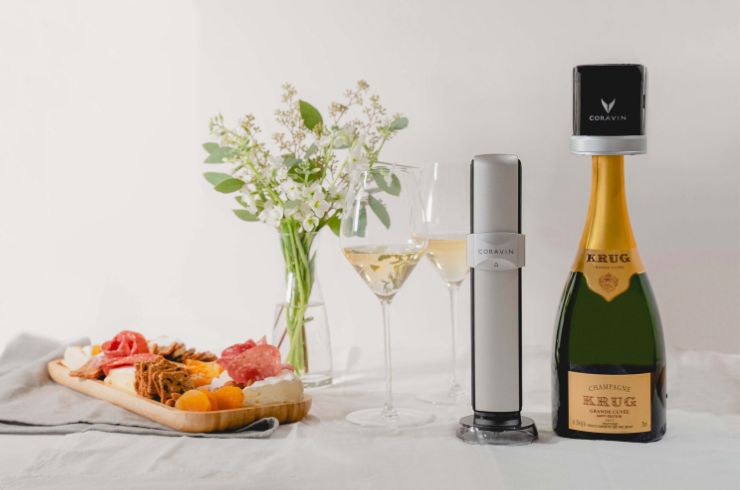While there is lots to love about chenin blanc, it’s taken me time to figure out exactly what I think makes it so great. For one, it’s malleable to winemaker proclivity. It’s also expressive of terroir, has a chameleon-like ability to fit in with different occasions and, above all, it’s also a good drink.
For me, though, it’s not just these reasons that make it such an attractive grape, because the above descriptions can be applied to a vast array of other varieties, too. It’s the specificity of the grape that I love. Specifically, the sheepy, waxy, lanolin shape of those phenolics – essentially the ’tannins’ that create shape and texture in white wine – that frame the tail. The very best chenins – regardless of the soils they have sprung from or the hemispherical sky under which they have basked – have an inescapable quality that I find magnetic.
As hard as I try, I can’t help but rush to the end of a mouthful of chenin just to see what its phenolic shape is like on the palate. I love the smell and the taste, but I’m mostly interested in that tail. Once I’m satisfied it’s all heading in the right sheepy direction, I have more patience for the front of it. Terrible, right? Sweet, dry, sparkling, still, oaked, unoaked, malolactic fermentation or none, skin or no skin – the options are endless. And frankly, they all have their time and place.
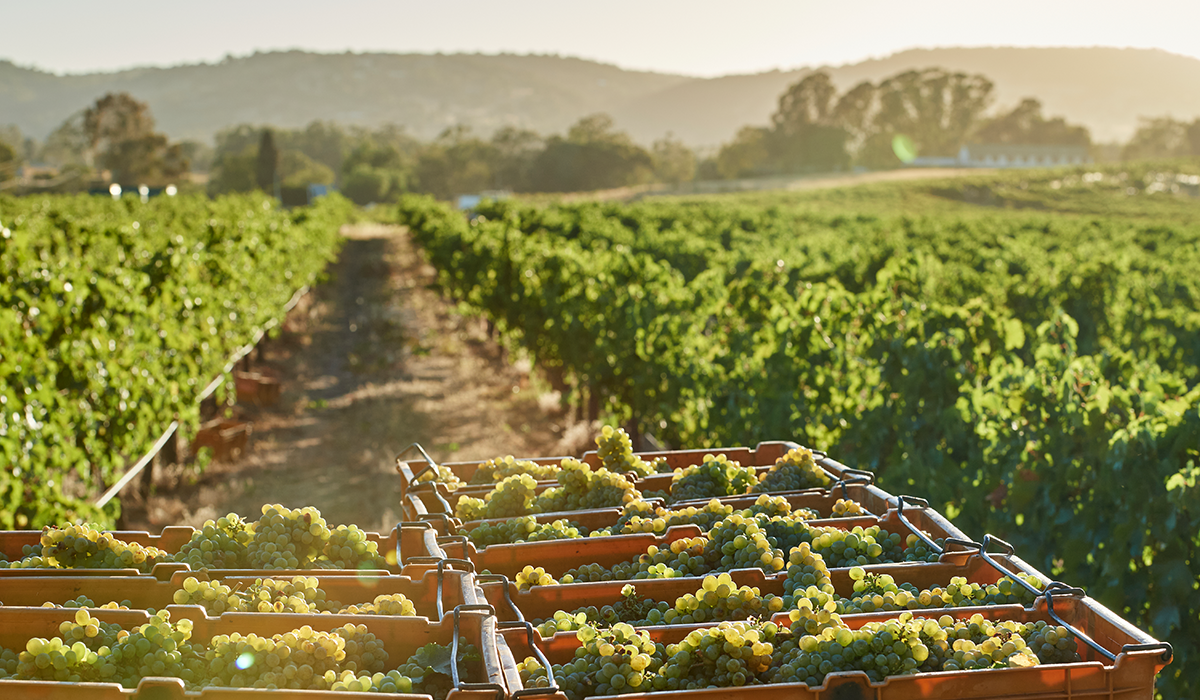
Within a Western Australian context – and there is some major glossing of detail here for reasons of brevity – chenin blanc was first planted in the Swan Valley in 1829. The original cuttings came from South Africa, prior to James Busby’s arrival in Australia with his famous collection of cuttings in the 1830s. The variety thrived in the Swan Valley and was the mainstay in Jack Mann’s famous Houghton White Burgundy. Sold for tuppence since forever, the wine has a formidable reputation for ageing.
Catapulting ahead into the modern era of the Margaret River wine region, established 1967, the variety found a second home. Fast forward again to today, and both the Swan Valley and Margaret River remain the two dominant regions within Western Australia that are excelling at the finesse, exploration and resurgence of chenin. As of 2021, the Swan annually crushes around a third of Australia’s chenin.
As I write this, I’m perched on the edge of the sundrenched deck of the Cowaramup District Social Club in Margaret River. I’m here for the third International Chenin Symposium and Sausage Sizzle. Music is drifting out of the speakers inside and out through the window. The barbecue is being prepared for the sausage sizzle to come later. This is the setting and counterpoint that forms the backdrop of the event’s discussions about chenin from across Australia and the globe.
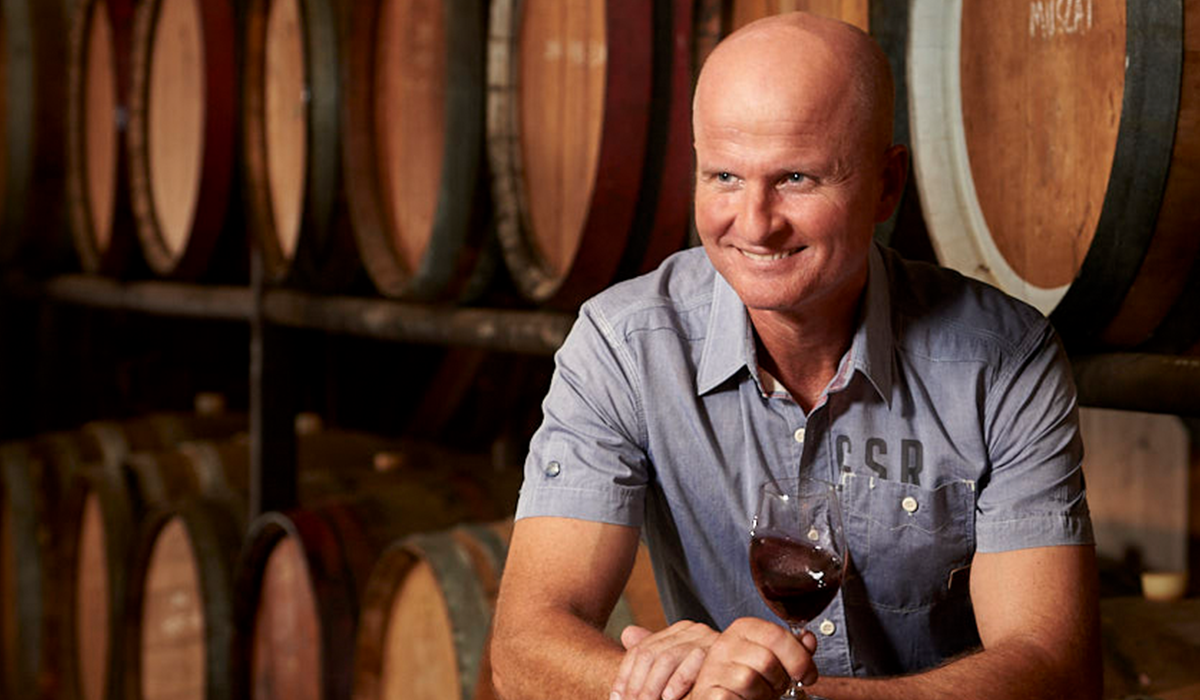
We taste through five brackets of masked wines – five apiece – with a speaker after each set to discuss and unpick the wines’ virtues. A better forum for discussion there is not. L.A.S. Vino winemaker Nic Peterkin organised the inaugural Chenin Blanc Symposium in 2019. “The International Chenin Symposium and Sausage Sizzle was created to celebrate the grape, bring producers and drinkers together to talk about it, and benchmark what we make in Australia against the best in the world,” he says.
John Kosovich Wines has a long history with the grape. “Dad planted the chenin here [in Swan Valley] in 1962, and those vines are still all in their place today,” says winemaker Arch Kosovich. “Planted east-west in the top section of our vineyard, there is nothing I wish he’d done any different, apart from, of course, making it a bigger patch!”
Arch’s Bottle Aged Chenin is released as a six-year-old wine, fabled for its long and graceful ability to age. The current release 2015 is a statement of style – idiosyncratically Swan Valley through and through. “I will carry on our style – that was pretty much my father’s style from day one. We may have slightly refined the way we do it now, but the essence is the same. It has been such a great thing to see the resurgence in chenin blanc. We believe so much in the variety and all the persistence from growers and producers is certainly paying off.” We tried the 2019 Bottle Aged Chenin that day, which is still four years from release, and it was one of my top-pointed wines.
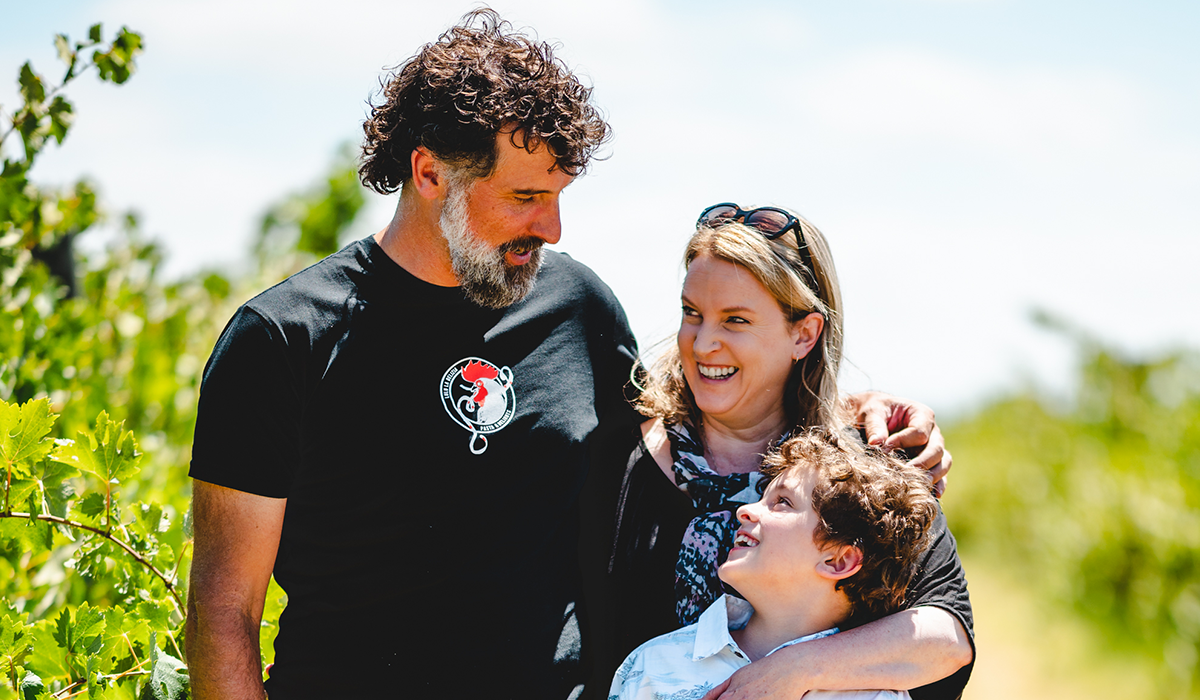
Vino Volta’s Garth Cliff and Kristen McGann are part of a new breed of emerging Swan Valley producers, although Garth has a long history at Houghton – a testament to his commitment to the region. They currently make six different chenin blancs in a few main styles. “We have our sparkling, vibrant and citrussy chenin in the form of our Pet Nat. Our Old Skool is a take on a traditional Swan Valley chenin on the leaner end of ripe, showcasing vibrant fruit with our characteristic texture and lick of salinity. And from a warmer and riper site, we are making Funky and Fearless – whole-bunch pressed and naturally fermented in old oak showcasing a more complex, richer and more textural side to chenin,” Garth says.
The Swan Valley’s chenin movement comprises a diverse group of producers, who are coming at the variety from several different angles and backgrounds – some at it longer than others. These include Rob and Gen Mann at Corymbia, who are working in a classical, restrained style, plus Bree Lavell and Paul Hoffman at Swan Valley Wines, who produce zero-addition natural wines, as well as Bella Ridge, Faber Vineyard, Nikola Estate and Paul Conti among the others. Each follows their own pathway of making wines of diverse styles and flavours.
In Margaret River, L.A.S. Vino started working with chenin in 2013. “We saw it as a grape that could rival chardonnay in terms of quality, yet it was being put into Classic Dry White,” Nic Peterkin says. “We had the climate, the old low-yielding vines, and the know-how. We just needed to change the perception among both drinkers and makers that this could be a grape of quality and not of volume.”

Nic is one of many producers in the region pushing chenin in new and delicious places. Joining him are Jo Perry at Dormilona, Dylan Arvidson at LS Merchants, and Liv and Mij at South by SouthWest, as well as Aravina, Wines of Merritt, Marri Wood Park, Express Winemakers, Churchview, Cullen, Pierro and Clairault Streicker.
Another is Remi Guise, the ex-pat South African owner and winemaker at tripe.Iscariot, who is making a name from his pristine, acid-driven, tense and expressive chenins. “I think the greatest risk you run as an ex-pat winemaker of any cultural background is trying to recreate the wines of your homeland,” he says. “I feel this is the wrong tack. I have thus tried to always ensure I am using the South African philosophy and respect for chenin blanc when making wines in Western Australia, but also always ensuring that I am making genuine Western Australian wines that are hopefully true to regional form and culture.
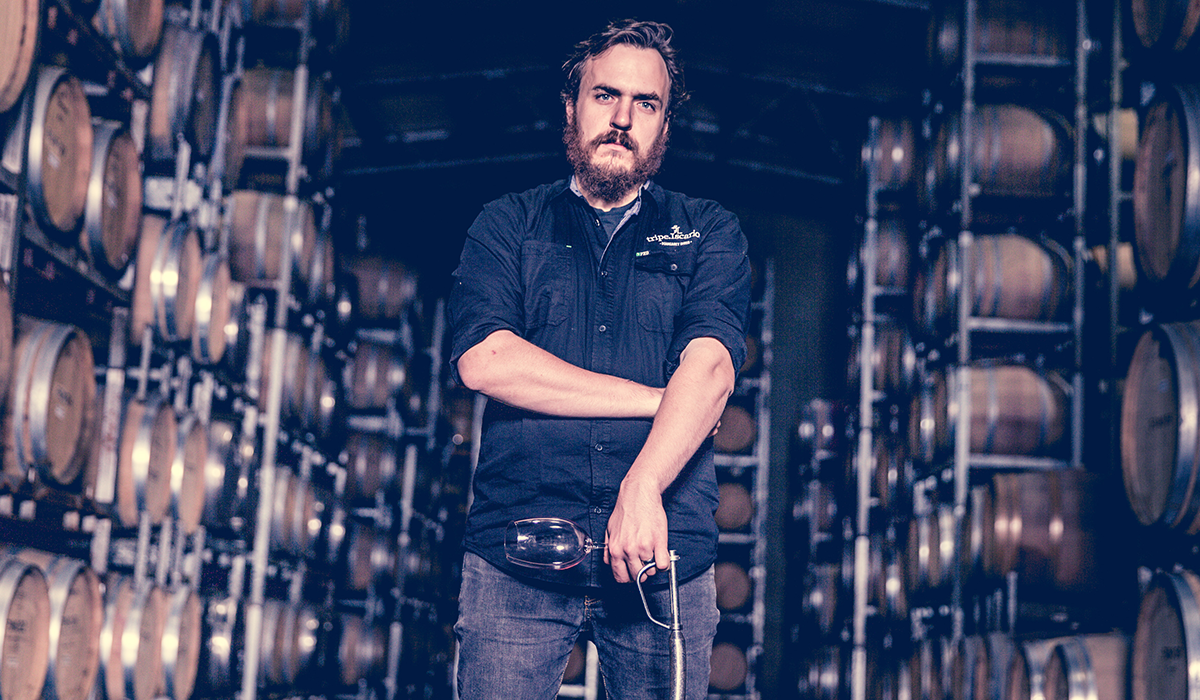
“What South Africa has mastered with chenin blanc is being honest and transparent about site and region, and not clouding those aspects with too much [winemaking] artefact. They are bottling history and culture on a micro-, meso- and macroscopic scale, so I believe that for Western Australia to become the third great home of the grape, we need to be equally brave and honest, and bottle our distinctive West Australian story.”
As for the future of chenin blanc in Australia, this is perhaps most succinctly expressed by Vino Volta’s Garth Cliff. “We are at the beginning of a journey here in Australia,” he says.
Its future is bright, with a veritable army of producers who are experimenting with styles, tasting widely, and benchmarking it often.
Sign up to view these tasting notes and ratings
By becoming a member of Wine Companion, you'll have access to the largest database of wines in Australia.
This article first appeared in issue #62 of Halliday magazine. Become a member to receive the print publication as well as digital access.

